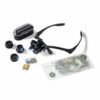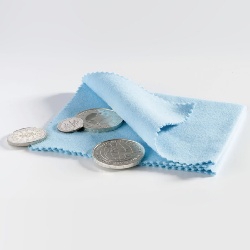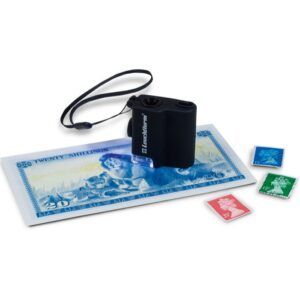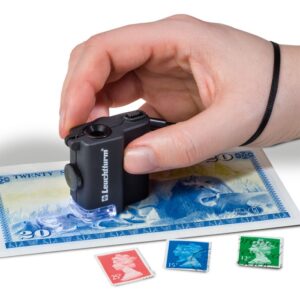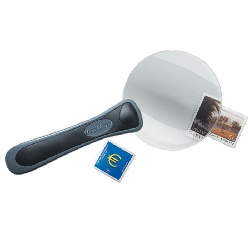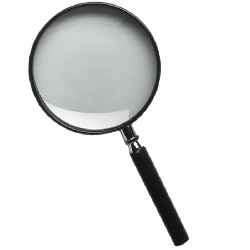COIN POLISHING CLOTH, BLUE
COIN POLISHING CLOTH, BLUE
€8,22
This very finely woven coin polishing cloth will make your coins shine again. The polishing cloth is impregnated to make heavy dirt and tarnishing disappear with easy rubbing. Also suitabale for cleaning jewellery and cutlery. Product is not washable. We do not recommend polishing for “proof” or “proof-like” coin imprints. In order to preserve their condition, these types of coins should remain untouched.
In stock


